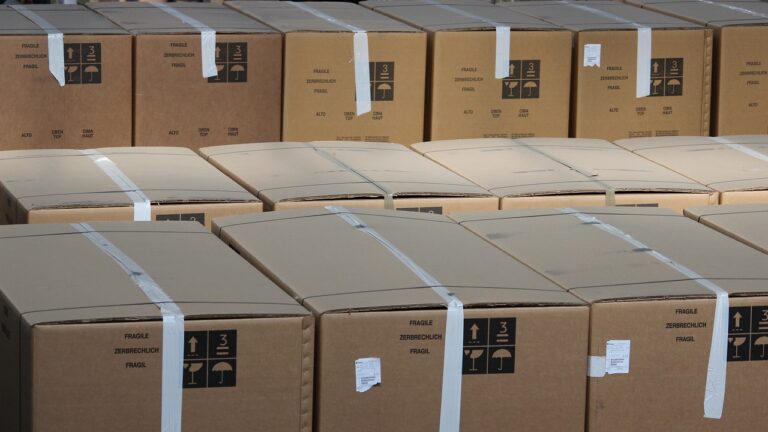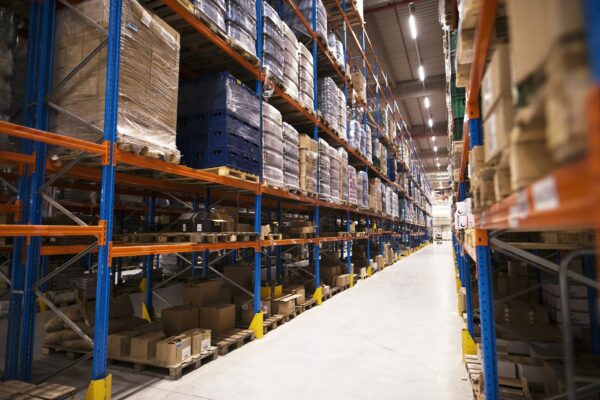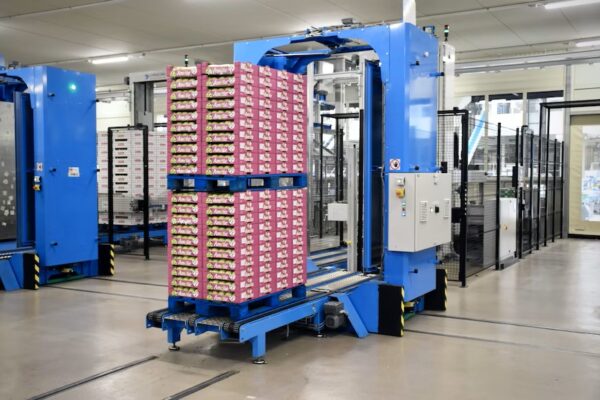Logistics involves planning, implementing, and controlling the efficient flow and storage of goods, services, and related information from origin to consumption.
Often, packaging is integral to logistics as it safeguards products during transport and while in storage. Making packaging a primary focus of your logistical operations also ensures smooth delivery to end-users and creates effective supply chain management.
Let us take a closer look at things to know about how packaging broadly fits into logistics.
1. Your Packaging Should Be Cost-effective
It is important that you consider the cost implications when choosing packaging materials and designs. For example, lighter packaging will reduce transport costs due to less weight.
However, keep in mind that high-quality and durable packaging materials can prevent damage and returns, though these may have higher upfront costs. So, make sure your packaging is cost-effective but also suitably robust for the items it will contain.
2. Packaging for International Shipping Needs to Be More Durable
If you are shipping internationally, make sure you tailor your packaging solutions to withstand longer transit times and rougher handling. Robust and durable materials work best for international shipping. They may cost more upfront but they will save you from the costs associated with damaged goods.
3. Packaging Can Impact Your Company’s Environmental-friendliness
You will want your logistics and packaging to be as environmentally friendly as possible, both to do your bit for the environment and to attract a wider customer base. It is vital that you choose sustainable packaging options whenever possible as it helps to reduce waste and carbon footprints.
4. The Right Packaging Enables Storage Optimization
Good packaging allows for efficient storage. It should be designed so that it fits seamlessly into warehouses and vehicles without wasting space or risking damage.
For instance, square or rectangular-shaped packages stack better than circular ones. And with packages that do not waste interior space, you will be able to stack more packages in the warehouse and delivery trucks.
5. Packaging Should Be Easy to Handle
For people working in logistics, such as logistics supervisors and manual workers, the ease of handling packages is very important. Simple designs that are easy to grasp and move around make life easier for warehouse workers and drivers.
They also reduce workplace hazards and enhance efficiency. So, if you work as a logistics supervisor, pay attention to how easy the packaging is to handle.
Incidentally, if you have not yet been hired but plan on working in logistics, take a look at these logistics supervisors: resume samples to help you craft a quality resume that can assist you in landing the job.
6. Labeling Packaging Is Incredibly Important
Effective labeling is another aspect you must never overlook in your packaging solutions. Clear labels help ensure accurate tracking throughout the supply chain journey – from the warehouse to the final delivery point. They aid in identification, thus reducing instances of lost or misplaced goods.
7. Shipping Compliance Is Also Crucial
Consider shipping regulations when designing your packaging, too. Some materials are prohibited in certain countries, while others need explicit labeling. Non-compliance can lead to delays or fines. In turn, that can cause profit loss and inconvenience.
8. Quality Packaging Leads to Increased Customer Satisfaction
Good packaging also leads to increased customer satisfaction. If a product arrives well-packed and undamaged, it reflects positively on your company’s reputation. So, invest time in optimizing your packaging from a customer-centric perspective.
9. Temperature Control May Be Required for Some Packages
Lastly, some items could require temperature-controlled containers during transit – especially in the food and pharmaceutical industries. These specialized packages need proper lining and insulation to maintain a certain temperature range. The right temperature control ensures product integrity until it reaches its destination.





